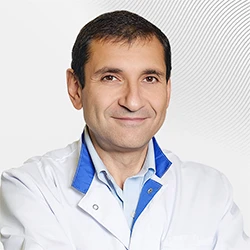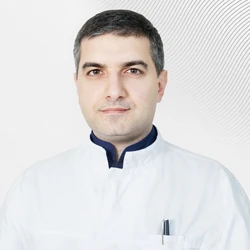Endoscopic polysinusotomy is a modern method of treatment of chronic sinusitis used in otolaryngology. The procedure is a minimally invasive surgical procedure that is performed under the supervision of an endoscope.
What is a sinusotomy
Sinusitis is a common name for inflammatory processes in the paranasal sinuses caused by various factors: infection, allergies, and a violation of the structure of the nasal passages. Symptoms of sinusitis can include many unpleasant signs, from a prolonged runny nose, to difficulty breathing, loss of sense of smell, and headaches.
Endoscopic sinusotomy is a minimally invasive surgical procedure that is used to treat chronic sinusitis. During surgery, the doctor inserts a thin, flexible instrument called an endoscope through the nasal passages into the sinuses. This allows the surgeon to see and remove any pathological formations that cause unpleasant symptoms.
Indications for surgery
Sinusotomy may be recommended when conservative treatments for sinusitis do not bring the expected result. The method is used for both adults and children. The doctor may suggest this procedure in the following cases:
-
chronic sinusitis that cannot be treated with medication;
-
polyps in the sinuses that cause sinusitis symptoms;
-
abnormalities in the structure of the nasal passages that prevent the normal outflow of mucus from the sinuses;
-
recurrent sinusitis, which often returns despite treatment;
-
maxillary sinus injuries in which blood clots or tissue fragments enter the cavity;
-
foreign bodies in the sinuses of the nose.
In some cases, surgery is the only possible treatment option. For example, polyps and cysts cannot be conservatively removed.
Contraindications
Like any surgical procedure, endoscopic sinusotomy has its own contraindications. These include:
-
severe systemic diseases in which surgery poses a risk to the general condition of the patient;
-
blood clotting disorders;
-
individual intolerance to anesthesia.
Acute infectious diseases and exacerbation of chronic diseases are also relative contraindications.
Preparing for a sinusotomy
Preparation for surgery begins with a consultation with an otolaryngologist. The doctor performs an endoscopic examination of the nasal structures. CT scans of the paranasal sinuses may also be required to clarify the diagnosis and preoperative planning.
In addition, the patient is required to undergo standard preoperative examinations:
-
take blood tests – general, biochemical, coagulogram;
-
perform chest X-ray;
-
take an ECG;
-
consult an anesthesiologist before using anesthesia.
If the patient is taking medications that affect blood clotting, it is necessary to discuss with the attending physician the possibility of their withdrawal before surgery.
How the operation works
The operation is usually performed under general anesthesia, since the patient must be motionless during all manipulations. During the procedure, the doctor inserts an endoscope into the sinuses through the nasal cavity. A device with a video camera projects an image onto a monitor, which allows you to see the condition of the mucous membrane. Using special instruments, the surgeon removes polyps, other neoplasms, and foreign bodies.
The whole process usually takes about 1-2 hours, but may take longer depending on the complexity of the case. Then the patient stays in the wake-up ward for a while, where he wakes up after anesthesia, and then is transferred to a hospital.
Due to the endoscopic access, the operation is low-traumatic. Manipulations do not cause severe swelling of tissues or significant pain. In addition, there are no scars or other cosmetic defects after the intervention. Most people can return to normal life the very next day.
In the postoperative period, the patient may experience nasal congestion, spotting, discomfort in the nose, and a feeling of swelling in the sinuses. These symptoms go away within a few days.
Restoration
Depending on the complexity of the operation and the individual characteristics of the body, the recovery period may vary. Here are the recommendations that must be followed in order for the rehabilitation to be successful:
-
A gentle regimen for two weeks after surgery. Exclusion of physical exertion, overheating, too hot or spicy food, alcohol.
-
Performing a nasal toilet according to medical recommendations.
-
Taking medications. The patient may be prescribed antibiotics or pain medications.
It is important to remember that recovery after an endoscopic sinusotomy is a process that requires time and patience. On average, nasal breathing is restored within 10 days.
Advantages of treatment at the EMC clinic
At the EMC Clinic of Otorhinolaryngology, Head and Neck Surgery, we strive to provide patients with high-quality medical care. Our team of specialists is highly qualified in the treatment of ENT diseases of any complexity, which allows us to work effectively with any pathological conditions, including emergencies and chronic diseases.
One of our advantages is our expertise in endoscopic surgery. This treatment method provides high accuracy, which reduces the risk of complications and speeds up the patient's recovery process. Our surgeons have all the necessary skills and knowledge to perform such operations
In addition, the EMC Clinic for Otorhinolaryngology, Head and Neck Surgery is located in a multidisciplinary hospital with a 24-hour laboratory and a radiology department. This allows you to quickly and accurately establish a diagnosis and start treatment, which is very important for a successful outcome. We are proud to be able to offer our patients high-quality, modern and effective medical care.
List of sources and references
- D.E. Zhaisakova, S.F. Kudaibergenova, M.B. Kaltaeva Functional endoscopic rhinosinusosurgery is a surgical method for treating pathology of the paranasal sinuses // Bulletin of KazNMU. 2015. No.2. URL: cyberleninka.ru
- Berdnikova Nadezhda Georgievna, Yekaterinchev Vyacheslav Alexandrovich, Pushkina Svetlana Leonidovna Problems of treatment of inflammatory diseases of the nose from the standpoint of evidence-based medicine // Consilium Medicum. 2018. №3. URL: cyberleninka.ru
- Alibekov Imankarim Magomedovich, Guz Dmitry Gennadievich, Khudin Alexander Grigorievich, Moskalev Vasily Alexandrovich. Controlled hypotension in endoscopic rhinosinusosurgery in outpatient settings // RO. 2013. No.4 (65). URL: cyberleninka.ru
- Shirokaya Anna Vadimovna, Svistushkin Valery Mikhailovich, Shatokhina Svetlana Nikolaevna, Shabalin Vladimir Nikolaevich. Evaluation of the effectiveness of treatment of patients with polypous rhinosinusitis and prognosis of its course // RO. 2013. №2 (63). URL: cyberleninka.ru
Questions and answers
.webp)




















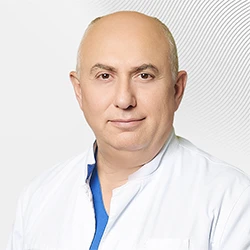
.webp)



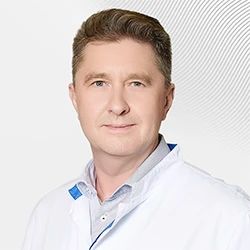


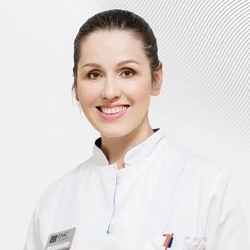
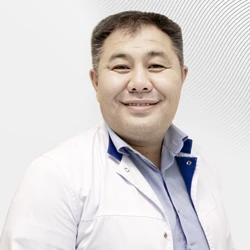
.webp)

.webp)
